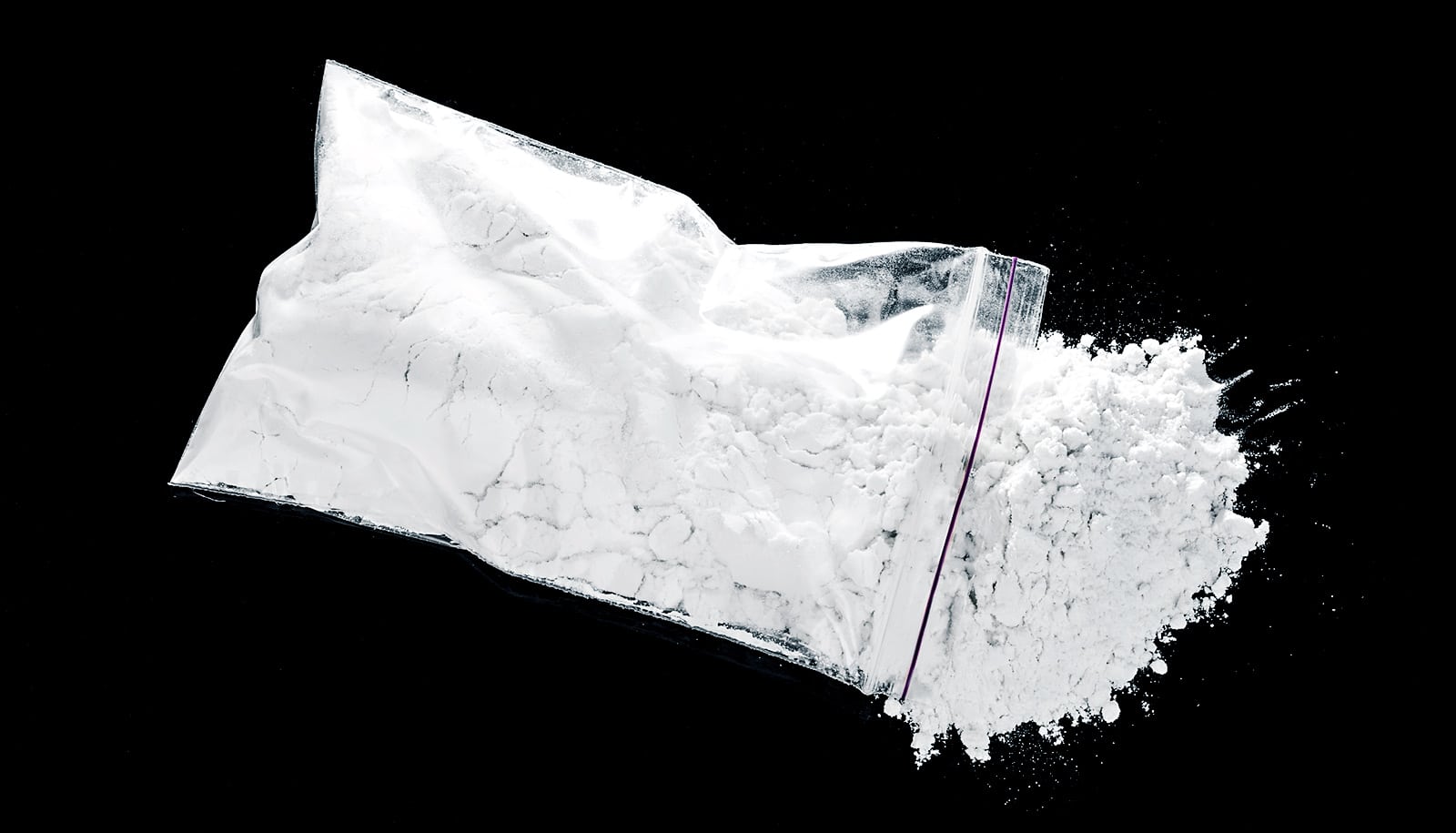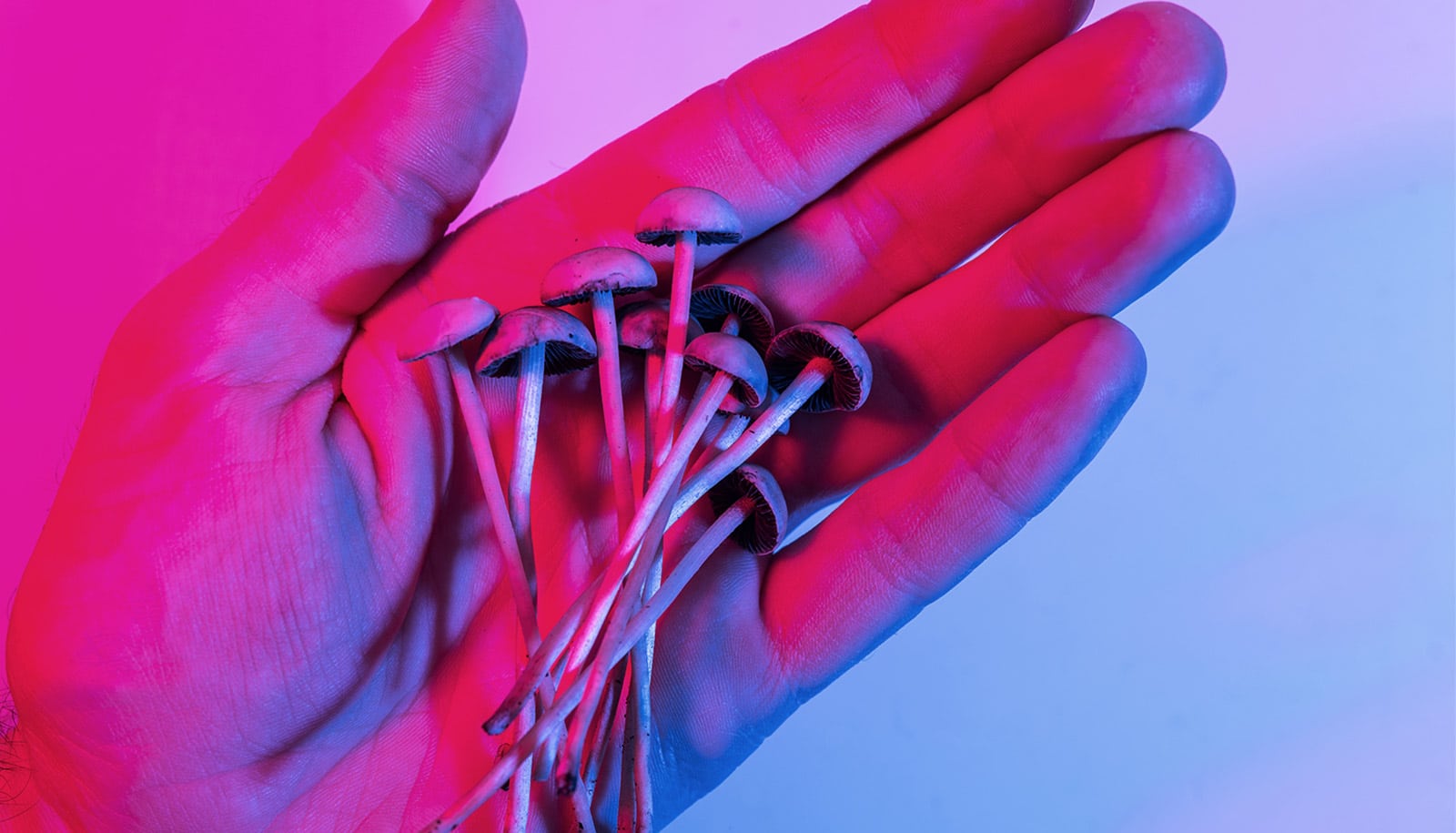Activating part of the amygdala, an almond-shaped brain region, intensifies rats’ motivation to consume cocaine far beyond ordinary drug levels, research shows. This is similar to its ability to intensify motivation for sweet foods such as sugar.
“This would suggest that the amygdala plays a key role in drug addiction,” says Shelley Warlow, a University of Michigan psychology graduate student and the study’s lead author.
In addiction, drugs become the sole object of desire. Yet many people try drugs without becoming addicted and lead normal lives pursuing a healthy balance of different rewards, or even giving up drugs entirely.
However, for addicts, drugs become so attractive as to cause intense motivation focused entirely on obtaining drugs at the expense of other normal life rewards.
“Understanding brain areas and the mechanisms involved in this intense motivation will be important in developing treatments for addiction and other compulsive disorders,” Warlow says.
Researchers first implanted rats with a catheter that allowed them to earn doses of cocaine by poking their noses into small holes in the wall.
Whenever rats would poke their nose into one particular hole to earn intravenous cocaine, a laser light would also painlessly activate the neurons in the central amygdala at the same time. Poking their nose into a different hole earned identical cocaine, but never activated the amygdala.
Why these rats got hooked and stayed hooked on cocaine
When able to freely choose between those two cocaine rewards, rats focused only on the port that earned cocaine together with amygdala-activating laser, consumed much more cocaine than rats without amygdala activation, and avidly nibbled around the laser-cocaine hole as though seeking more.
Rats were also willing to work almost three times harder for the cocaine when paired with amygdala activation, the study indicates.
Rats appeared to be indifferent to amygdala laser activation when offered by itself. The amygdala activation only intensified motivation when cocaine was also present.
By contrast, when the researchers temporarily inactivated the amygdala using a painless drug infusion, rats completely stopped responding for cocaine altogether.
Mice resist cocaine if they have stuff to do
The study appears in the Journal of Neuroscience. Additional researchers who contributed to the work are from Wesleyan University and the University of Michigan. The National Institute on Drug Abuse funded the research.
Source: University of Michigan



